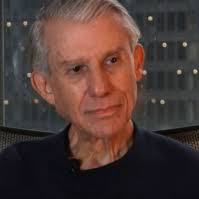This piece was reprinted by OpEd News with permission or license. It may not be reproduced in any form without permission or license from the source.
On the attack's 70th anniversary, Der Spiegel called Guernica's destruction "practicing blitzkrieg in Basque country." For Hitler's Condor Legion, "it was little more than a training run."
Commander Wolfram von Richthofen said Guernica was "literally razed to the ground. Bomb craters (were) seen in the streets. Simply wonderful." He ignored how many people were slaughtered.
Pablo Picasso's famous painting portrayed what happened. In stark black, white and gray, he depicted terror-bombing civilian men, women and children.
Twisted, writhing forms showed images of a screaming mother holding a dead child, a corpse with wide-open eyes, and a gored horse. Art historian Herbert Read called the work "a cry of outrage and horror amplified by a great genius."
Guernica signaled what lay ahead. Both sides used terror bombing in WW II. It's been used ever since. Intensity, kill count, and destructiveness increased.
The London blitz, fire-bombing Dresden and Tokyo, Hiroshima and Nagasaki, and numerous other examples show its savagery. Palestinians know its ferocity.
Cast Lead inflicted 23 days of slaughter and mass destruction. Terror weapons were used. Illegal ones. Gaza was blanketed with cluster bombs. They're illegal. On impact, submunition bomblets are released over a wide area. They kill, maim, destroy or disable targeted sites.
Flechette metal darts penetrate human bones. They cause horrific injuries. Artillery shells contain thousands of them. Explosions release them at high speed over a range of about 300 meters.
Next Page 1 | 2 | 3 | 4 | 5 | 6 | 7 | 8 | 9 | 10 | 11
(Note: You can view every article as one long page if you sign up as an Advocate Member, or higher).





